This post may contain affiliate links. See our disclosure policy.
This sweet and simple vanilla buttercream frosting is easy to whip up and pipes beautifully. It’s the perfect frosting to top cakes and cupcakes.
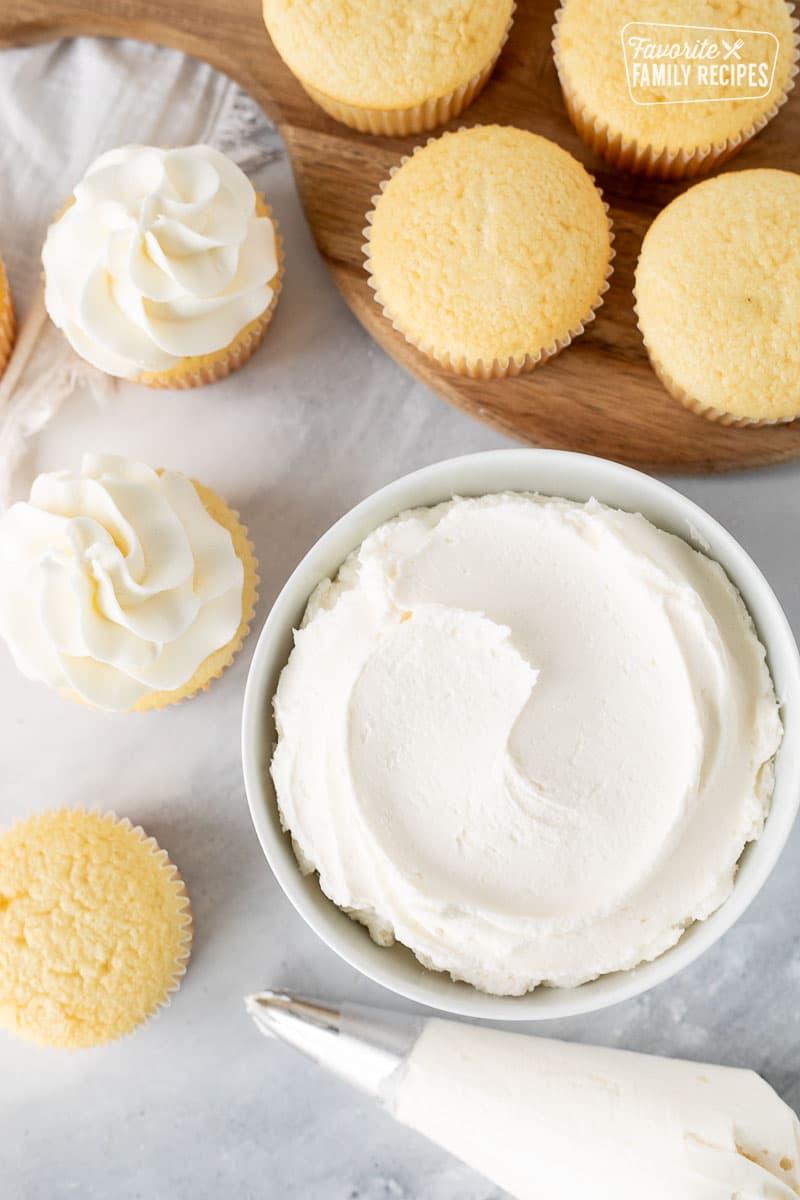
Featured with this recipe
- Buttercream Frosting Ingredients
- The Best Frosting for Piping
- Butter vs. Shortening
- Flavor Variations:
- How To Store Buttercream Frosting
- Recipe Tips
- How Much Buttercream Frosting You Will Need
- Frequently Asked Questions
- Ways To Use Buttercream Frosting
- More Easy Frosting Recipes
- How to Make Vanilla Buttercream Frosting
- How To Make Vanilla Buttercream Frosting Recipe
This homemade vanilla buttercream frosting recipe has been used in our family for generations. It is also known as “American buttercream frosting”. I love this recipe because it is easy, tastes great, and can be used in so many different ways. It can be used for spreading, as a filler between cake layers, and it is perfect for piping. It’s a great all-around frosting that can be used for just about anything. And it’s so easy to make, you will want to skip the store-bought frosting forever. In this post, we will share with you our favorite tips and tricks for mastering this recipe and using it for cupcakes, cakes, cookies, and more.
Buttercream Frosting Ingredients
This buttercream recipe only uses a few easy ingredients that can easily be found at most grocery stores. I usually have all the ingredients on hand so I can whip up a batch in a pinch. Here’s what you need:
- Shortening (or unsalted butter… or both) – I will explain the difference between the two below.
- Powdered sugar (aka confectioners’ sugar)
- Pure vanilla extract – I use clear vanilla extract; this is important for keeping colors bright and accurate.
- Milk or heavy whipping cream – just a splash or two to get the desired consistency.
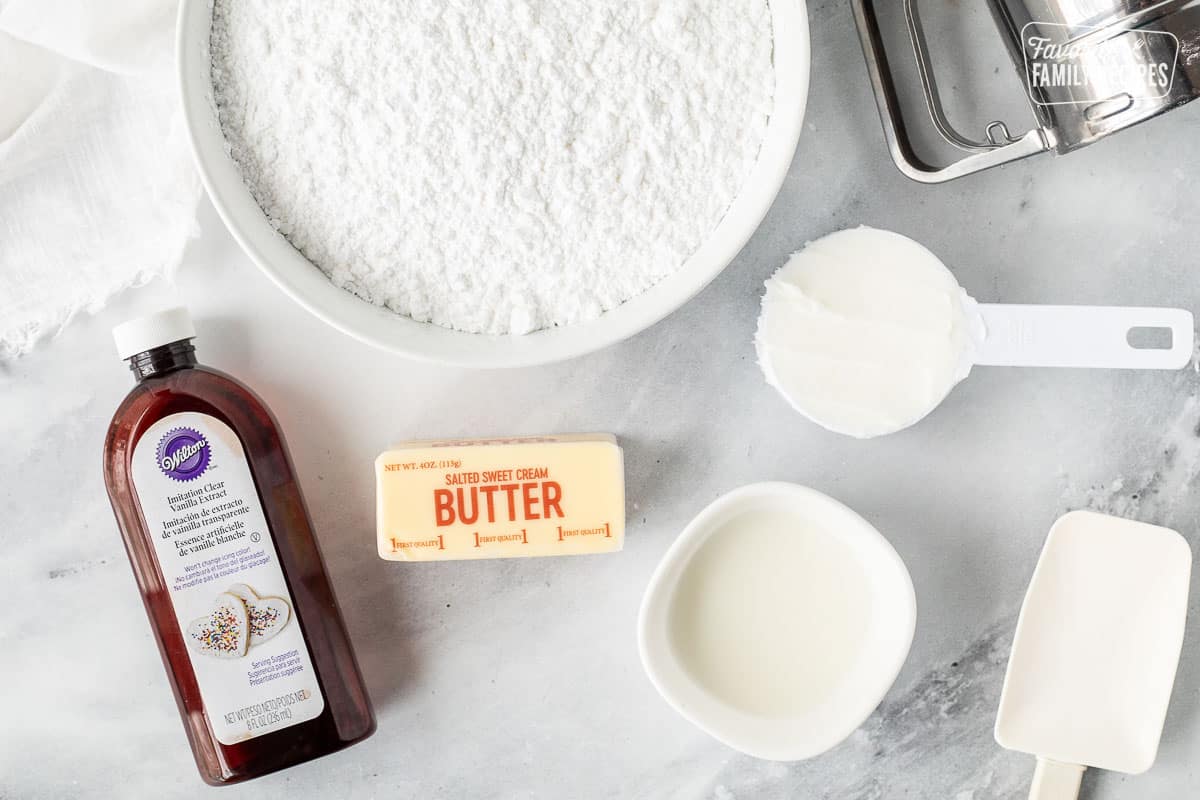
The Best Frosting for Piping
Buttercream frosting is our favorite to use for piping designs onto our favorite confections because it holds its shape so well. This perfect buttercream frosting works great with almost all piping tips, from tiny plain tips for writing and outlines to giant star tips for frosting entire cupcakes. This frosting holds its shape without drying out or cracking but also doesn’t melt or sweat at room temperature. It really is the best vanilla buttercream frosting ever!
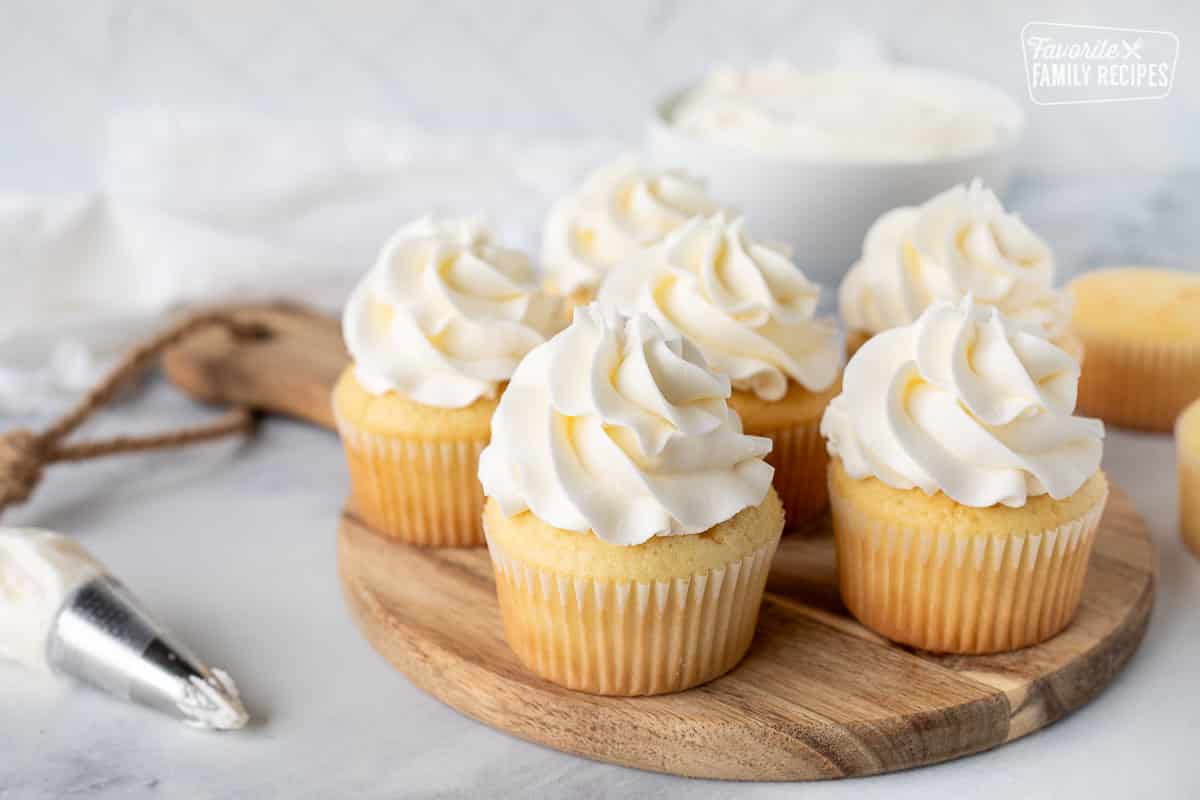
Butter vs. Shortening
One of the great debates with buttercream frosting is what base (or fat) to use: butter or shortening? Bakers will often use shortening rather than butter because of the consistency but home cooks often prefer using butter because of the flavor. To be honest, I find myself using ALL shortening most of the time. If you can’t decide which one to use, you can always use half of each. It also really depends on what you are using the frosting for. Here is a simple break down of the pros and cons of each:
Shortening:
- Better for piping
- Holds shape better
- Best for accurate colors with food coloring
- The only option for true, bright white
Butter:
- Richer flavor, better taste, especially if using salted butter
- Great option for spreading
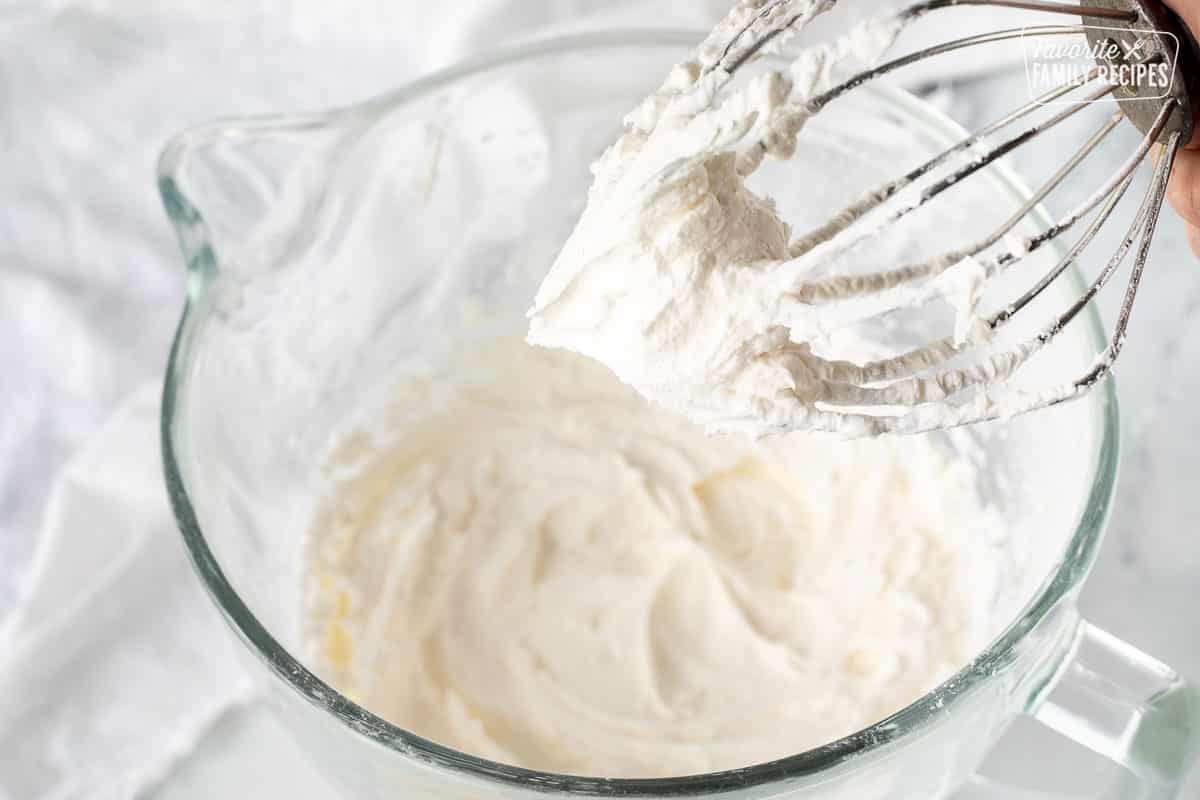
Flavor Variations:
It’s easy to switch up the flavor or sweetness of your frosting by simply adding different extracts or mix-ins. Here are some common flavor add-ins:
- Almond extract
- Butter extract (a good one to use if you are using shortening but want the butter flavor)
- Lemon extract (or zest)
- Orange extract (or zest)
- Melted and cooled chocolate
- Cocoa powder or melted and cooled chocolate for our delicious chocolate frosting which pairs perfectly with chocolate cake.
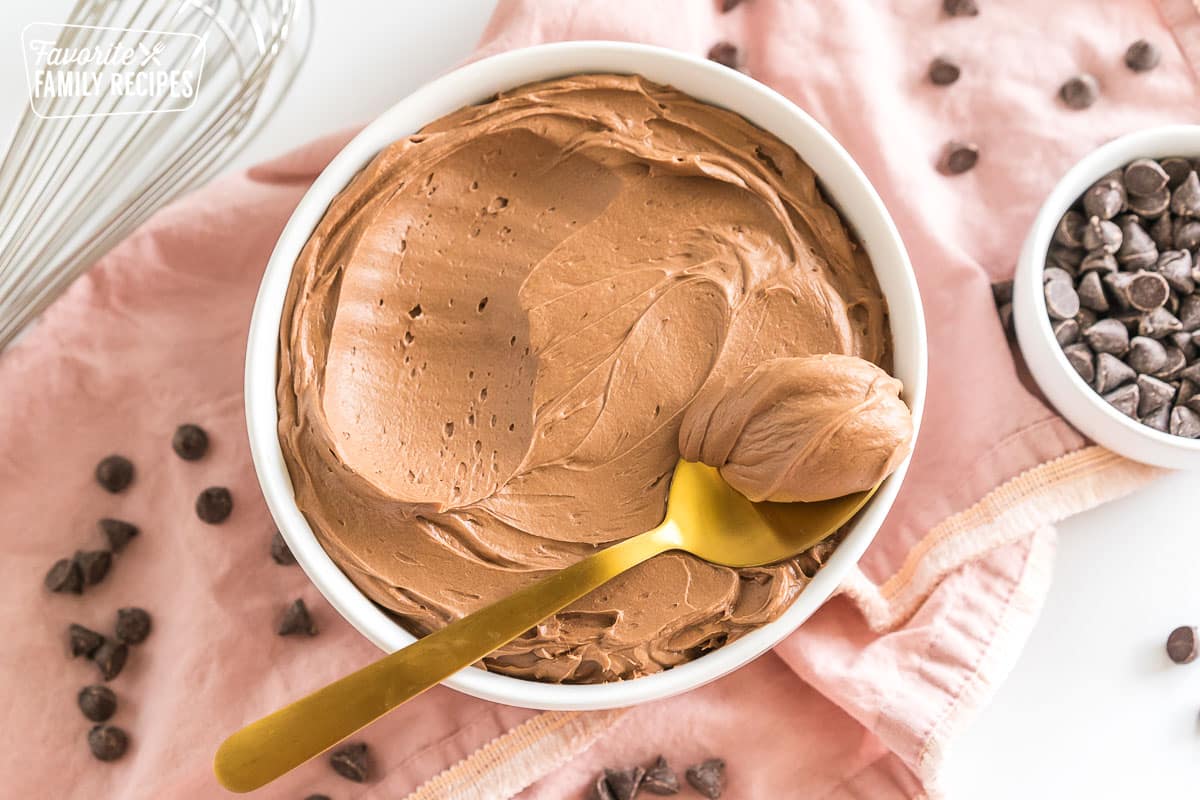
How To Store Buttercream Frosting
If you are not using it right away (within a day or two), buttercream frosting should be refrigerated until ready to use. You can store your frosting in an airtight container in the fridge for about a week or in the freezer for 3-4 months. When you are ready to use your frosting, bring it to room temperature and then whip or mix with a hand mixer or stand mixer to bring back the original texture.
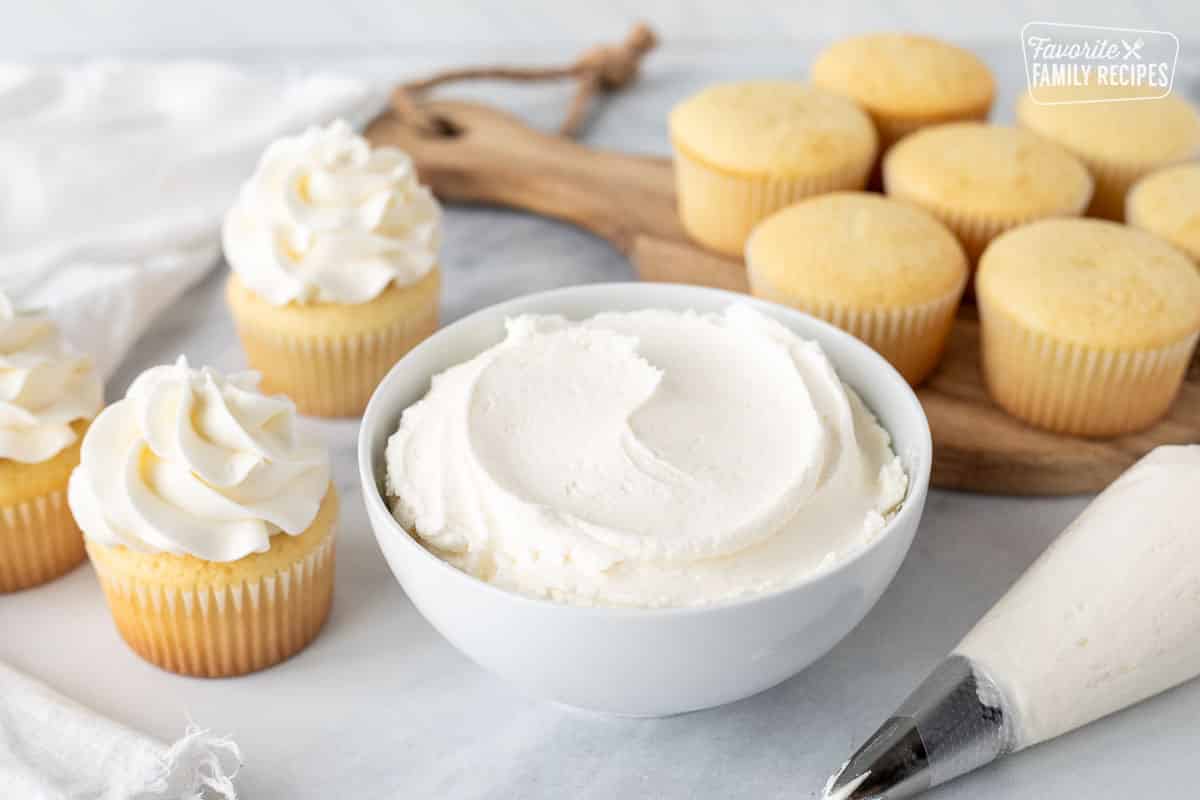
Recipe Tips
- Use a stand mixer with the whisk or paddle attachment (an electric mixer can also be used if necessary) to mix your frosting.
- Use clear vanilla. Brown vanilla will make it difficult when using food coloring because it tints the frosting. Clear vanilla will allow for truer, bright colors.
- Sift the powdered sugar. If you want smooth, creamy frosting without clumps, then sift the sugar before adding to the bowl. It’s worth it to take a few extra seconds to do this.
- Gel food coloring is the best for coloring frosting. Be sure to use the good kind from a craft store or a crafting department. Watery food colors are not the best because they mess with your consistency and they are tough for color matching.
- Go for consistency. This recipe can vary depending on your climate, humidity, air temperature… etc. so it is best to go for consistency of the frosting instead of recipe exactness. Add more powdered sugar a little at a time to thicken or a LITTLE milk (just about a teaspoon at a time) to thin.
- Scrape the bowl. Because sugar can get easily stuck on the sides of the bowl, it’s a good idea to scrape the sides of your bowl as you mix. This will help avoid getting clumps of dry sugar and inconsistencies throughout your frosting.
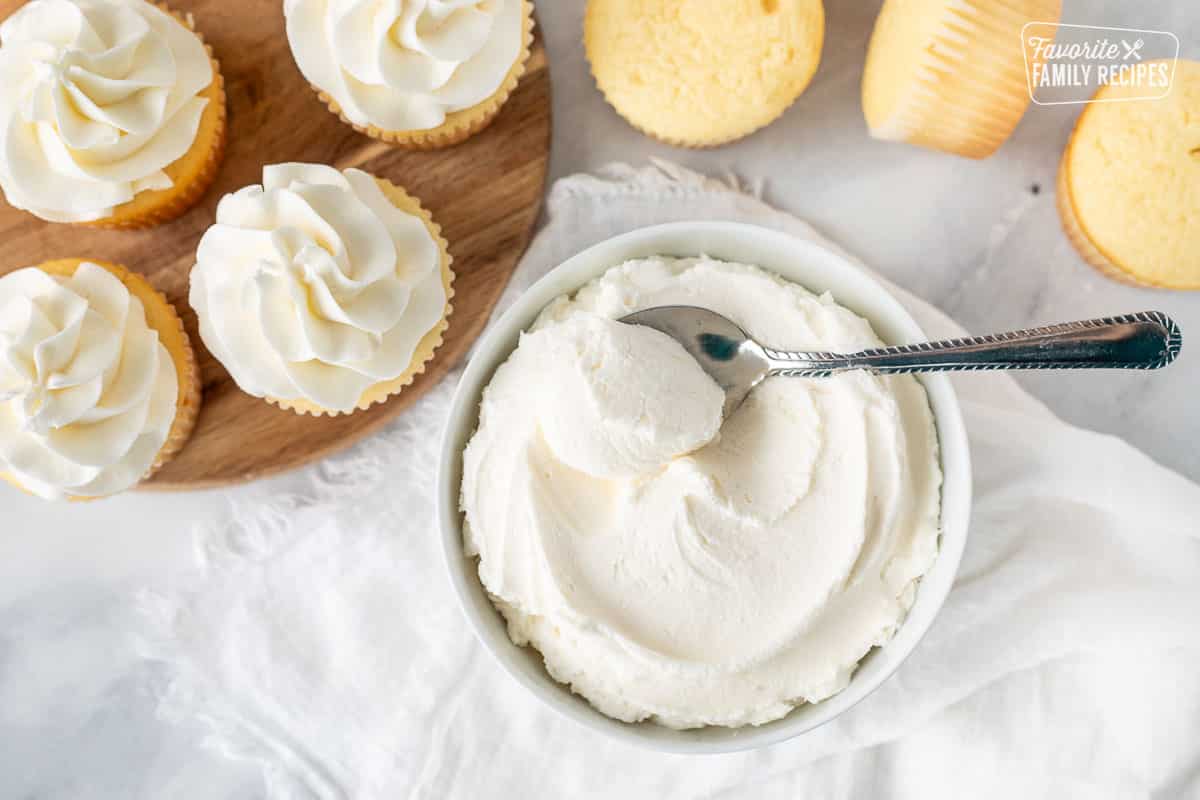
How Much Buttercream Frosting You Will Need
One batch of this frosting should cover a 9×13 cake and even give you a little left over for decorating. If you want to do a lot of decorations, then you may want to consider making 1 ½ times the recipe.
When I’m making cupcakes it depends if I’m just spreading the frosting on top or if I’m piping it on. For simply spreading, one batch will be plenty for 24 cupcakes. If you want to use a star tip for piping on each one, then 2 batches should be used to make sure you have enough.
Frequently Asked Questions
Yes! I have made my frosting 1-2 days in advance and I’ll do a quick whip with the electric mixer before I use it. If you plan to use it past the 2 day mark, just keep it refrigerated and bring it to room temperature to whip before use.
Make sure to use real butter, salted or unsalted, and soften it to room temperature. Use sifted powdered sugar, and consider using heavy cream instead of milk for a creamier texture.
It gets an outside crust to it, but will not completely harden. I keep a damp cloth over the mixing bowl in between scooping out frosting just to keep it fresh and easy to spread.
READ MORE: 33+ Easy Dessert Ideas
Ways To Use Buttercream Frosting
Most of the time, we will use this best buttercream frosting on cakes or cupcakes but it can be used for so many other things too! We have used it on cookies, brownies, cake pops, and even truffles. We love using the leftovers on graham crackers or saltines. Sometimes I will even put some in a little container and pack it in lunch boxes with some pretzel sticks for dipping. Here are some more recipes that can use this easy frosting:
More Easy Frosting Recipes
Dress up cakes and cupcakes with all sorts of flavors and textures with some of our favorite frosting recipes:
How to Make Vanilla Buttercream Frosting
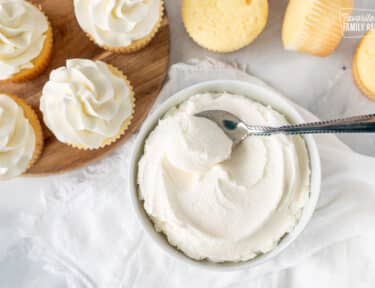
How To Make Vanilla Buttercream Frosting
Equipment
- stand mixer or hand mixer
Ingredients
- 1/2 cup shortening
- 1/2 cup butter (use ALL shortening for pure white icing and stiffer consitency. I used all shortening in the pictures above to make it pure white. Read notes above.)
- 1 teaspoon clear vanilla extract
- 4 cups powdered sugar sifted (appx 1 pound)
- 2 tablespoons milk or heavy cream
Instructions
- Cream shortening and butter in a stand mixer with the whisk attachment at medium speed.
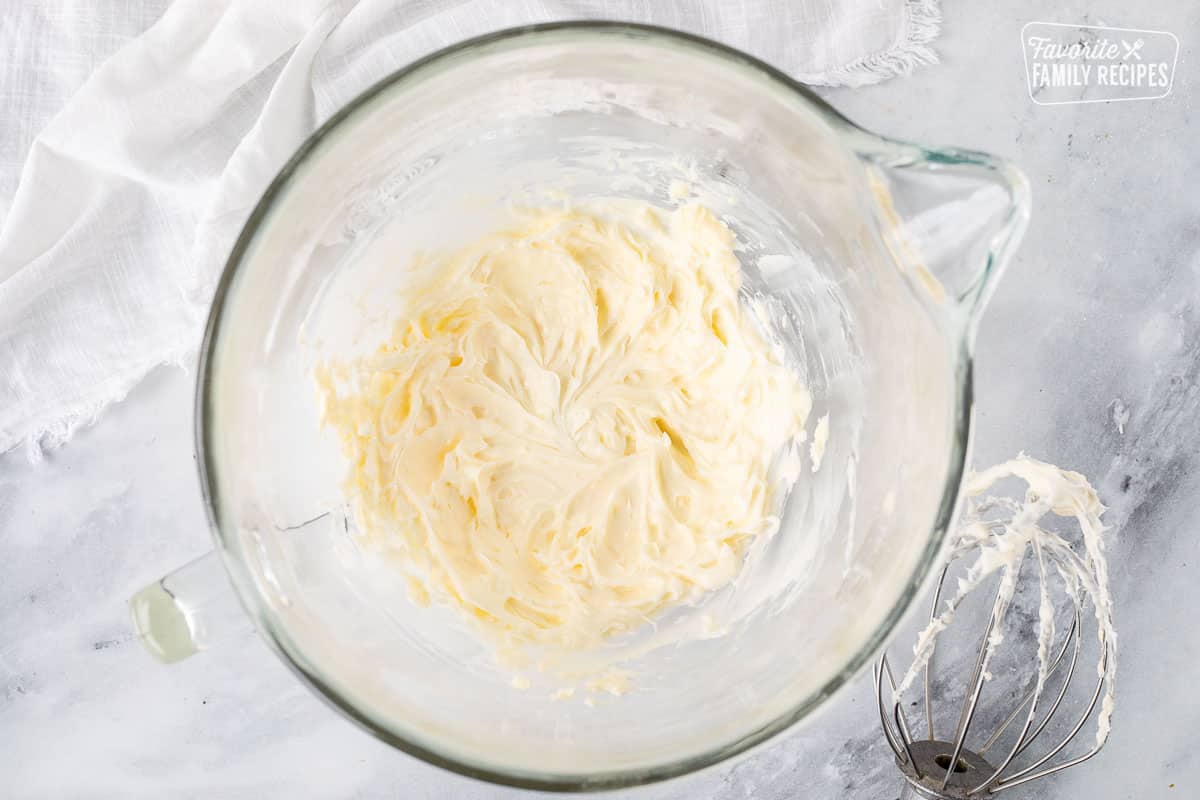
- Add vanilla. Gradually add powdered sugar about a cup at a time and mix well. Scrape sides and bottom of the bowl often. Add milk or cream and beat until light and fluffy. Add more powdered sugar to thicken and milk or cream to thin.
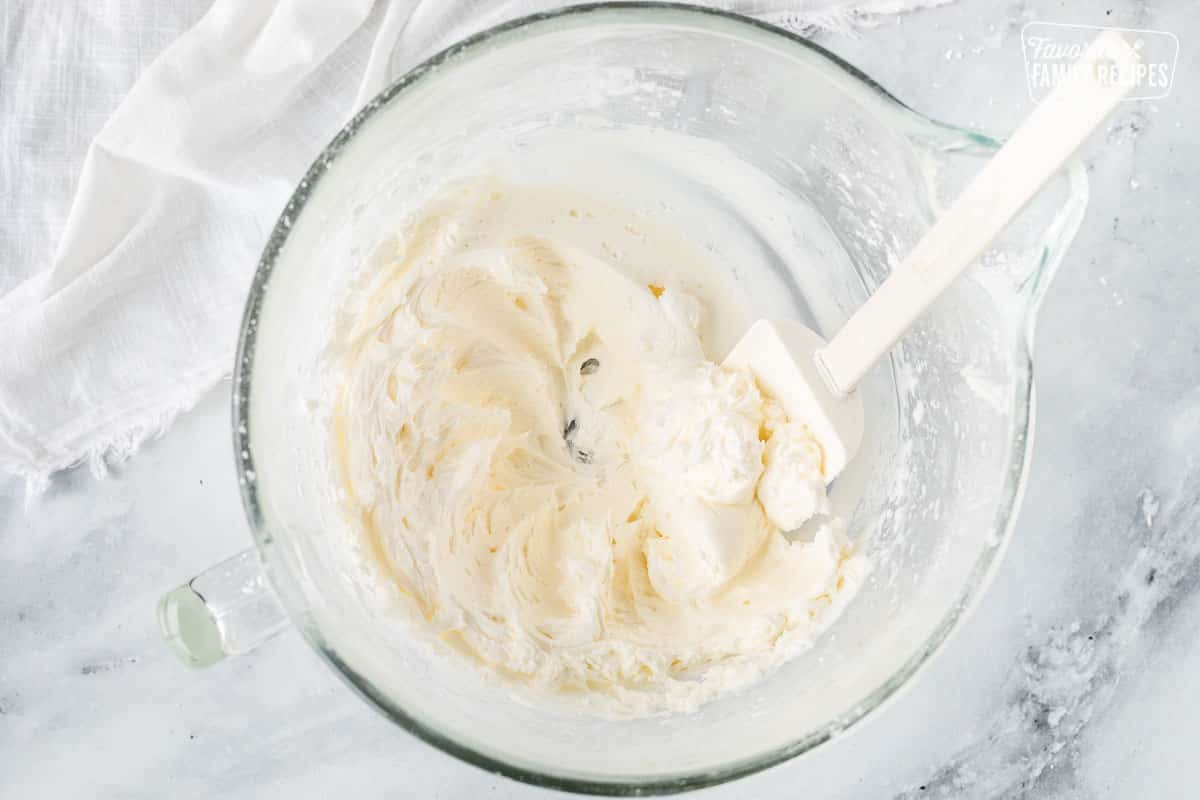
- Keep bowl covered with a damp cloth until ready to use or refrigerate for up to 2 weeks in an airtight container. Re-whip before using. Makes 3 cups.
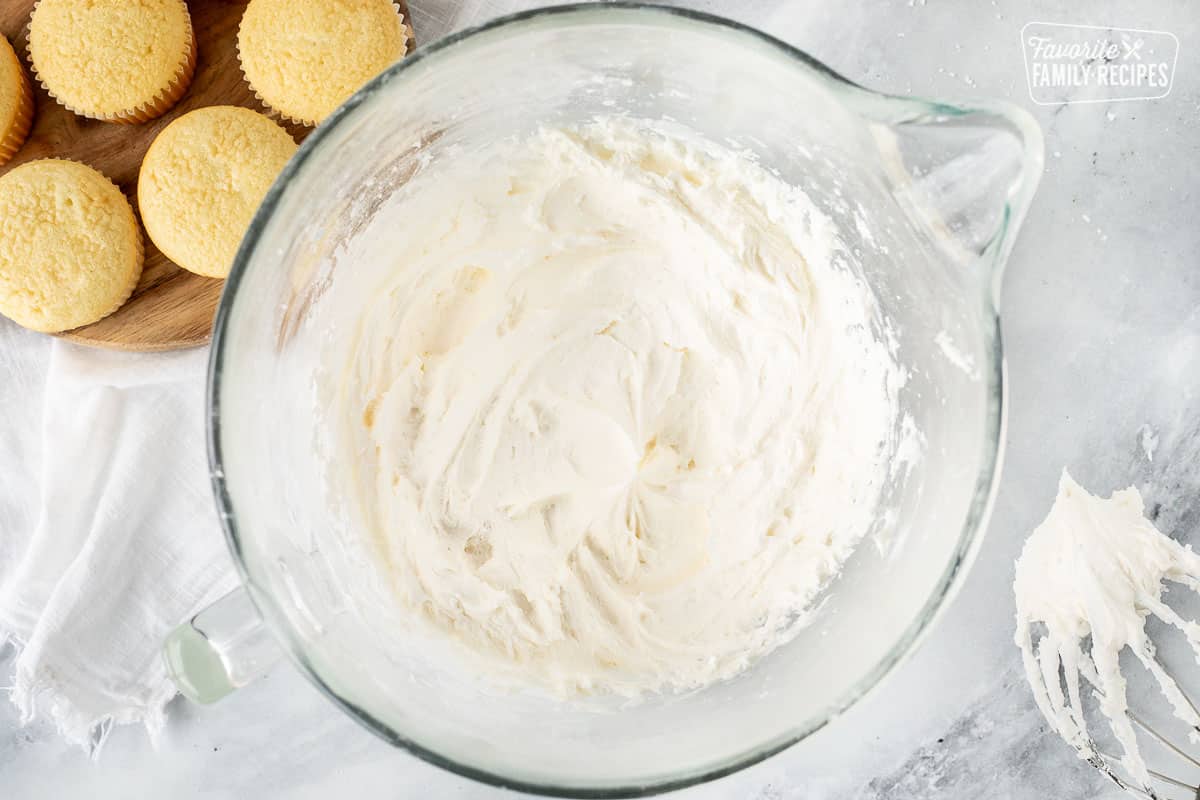
Notes
- Use a stand mixer with the whisk or paddle attachment (an electric mixer can also be used if necessary) to mix your frosting.
- Use clear vanilla. Brown vanilla will make it difficult when using food coloring because it tints the frosting. Clear vanilla will allow for truer, bright colors.
- Sift the powdered sugar. If you want smooth, creamy frosting without clumps, then sift the sugar before adding to the bowl. It’s worth it to take a few extra seconds to do this.
- Gel food coloring is the best for coloring frosting. Be sure to use the good kind from a craft store or a crafting department. Watery food colors are not the best because they mess with your consistency and they are tough for color matching.
- Go for consistency. This recipe can vary depending on your climate, humidity, air temperature… etc. so it is best to go for consistency of the frosting instead of recipe exactness. Add more powdered sugar a little at a time to thicken or a LITTLE milk (just about a teaspoon at a time) to thin.
- Scrape the bowl. Because sugar can get easily stuck on the sides of the bowl, it’s a good idea to scrape the sides of your bowl as you mix. This will help avoid getting clumps of dry sugar and inconsistencies throughout your frosting.
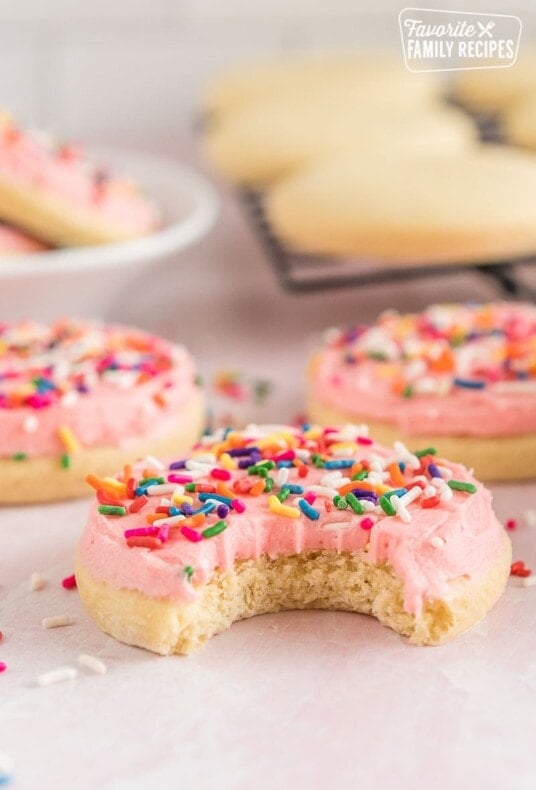
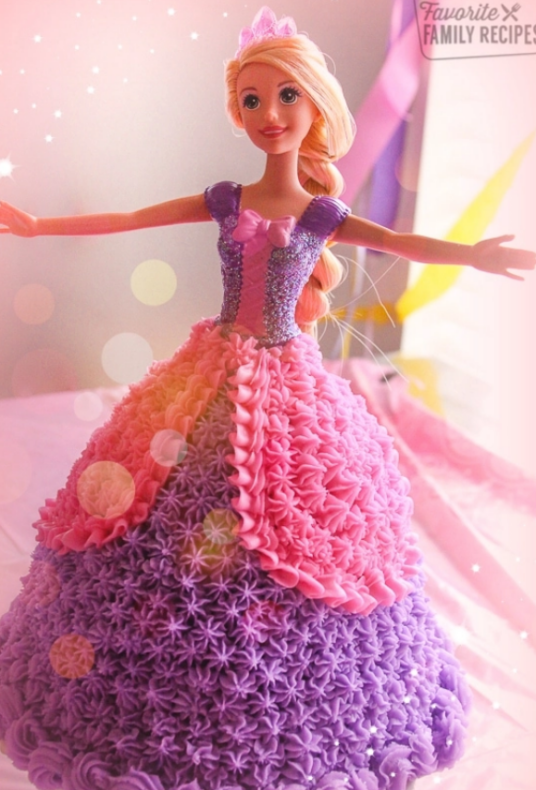
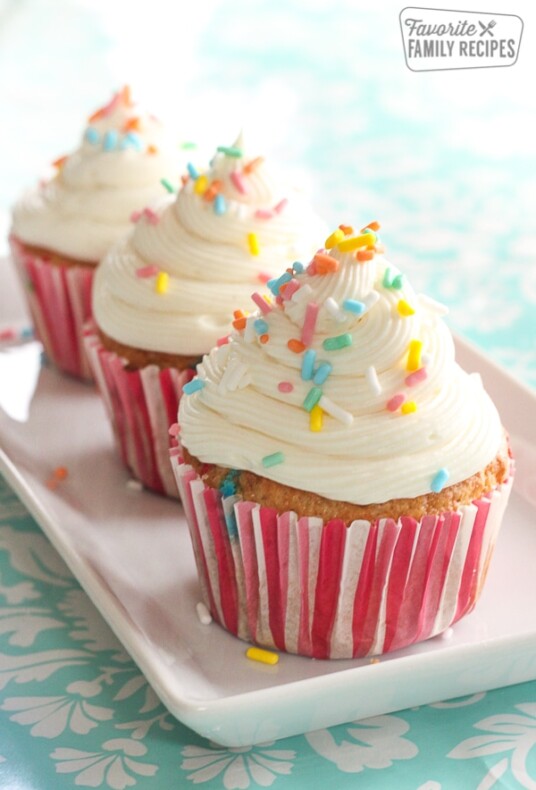
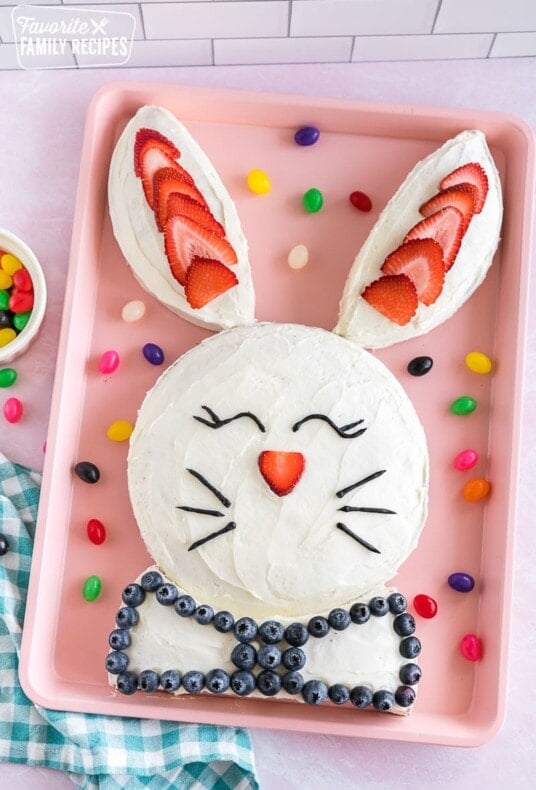
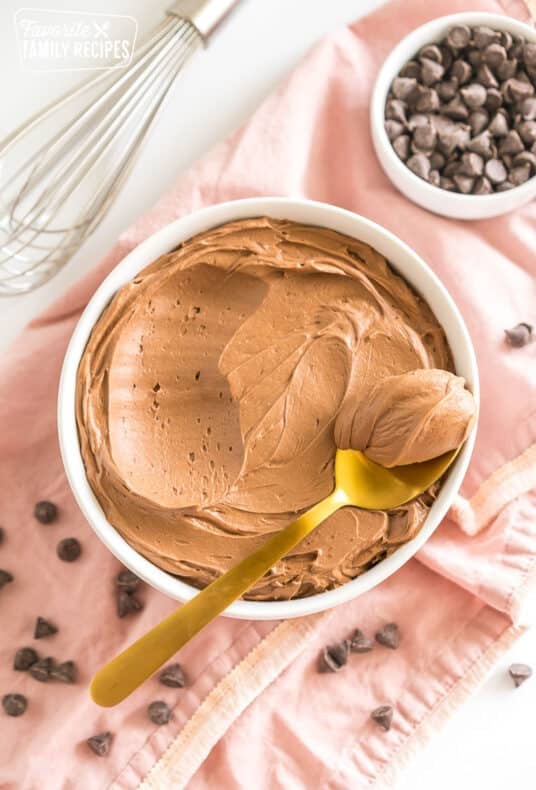
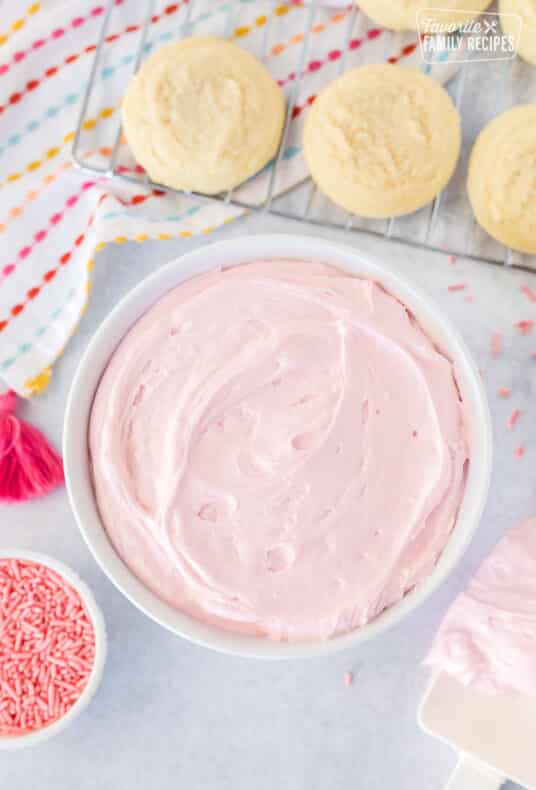
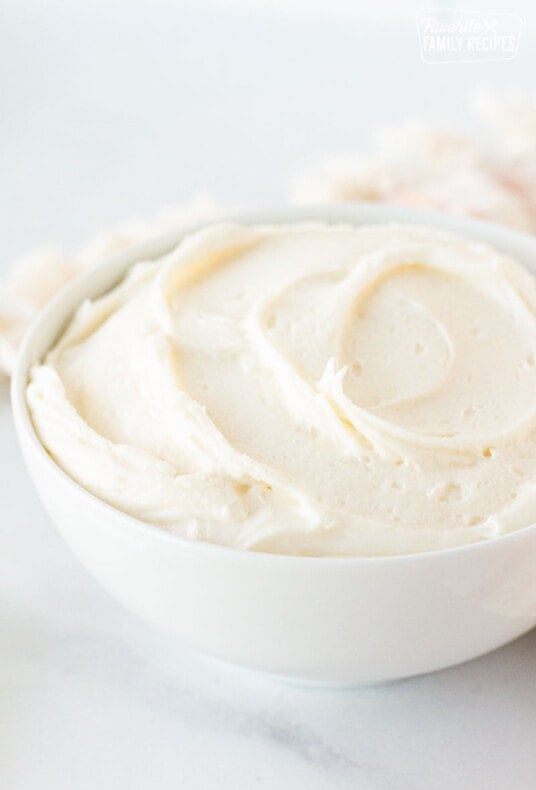
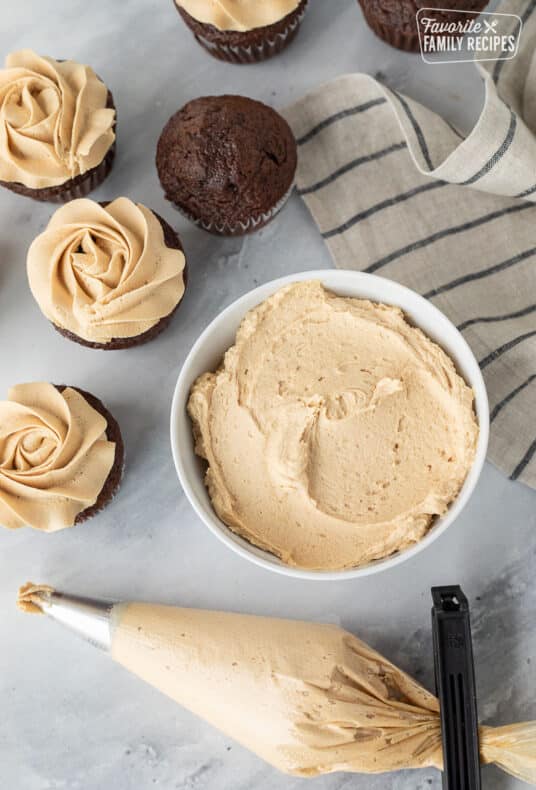
This is great! A good buttercream can make or break a cake! This is so good & easy! Perfect for any occasion and so many types of cakes… and cookies!
This frosting was so light and airy, like a cloud, I took your idea and added a bit of orange zest, I loved the hint of citrus made for the BEST frosting!